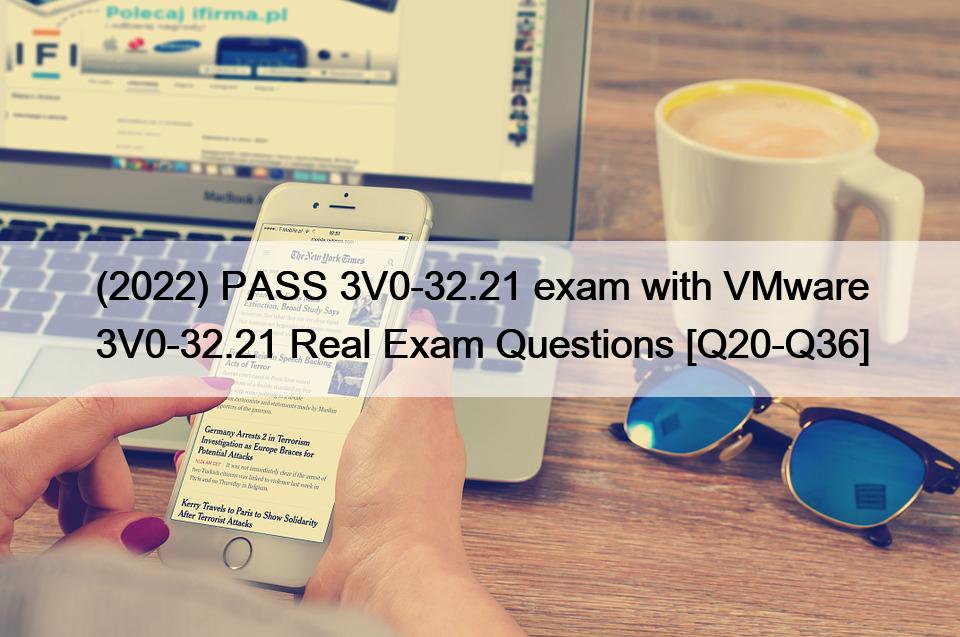QUESTION 21
An architect has been engaged to update an operations management solution design to include VMware vRealize Suite Lifecycle Manager (vRSLCM) so that the support team can reduce the complexity of environment and content management activities. The customer has provided the following information with regards to the existing environment:
There are four environments for business applications:
Development
Staging
Production
DR
The solution consists of two well-connected data centers (with low latency, high bandwidth links).
All Production workloads and management tooling are deployed to Data Center 1 (DC1).
All Staging, Development and DR workloads run in Data Center 2 (DC2).
Each physical data center has one vCenter Server and a sufficient number of hosts for workload and management.
There are two separate VMware vRealize Operations (vROps) clusters, one in each data center location.
Currently all content is developed in the DC2 vROps cluster before being manually imported into the DC1 vROps cluster.
Which two design decisions should the architect include in the solution? (Choose two.)
